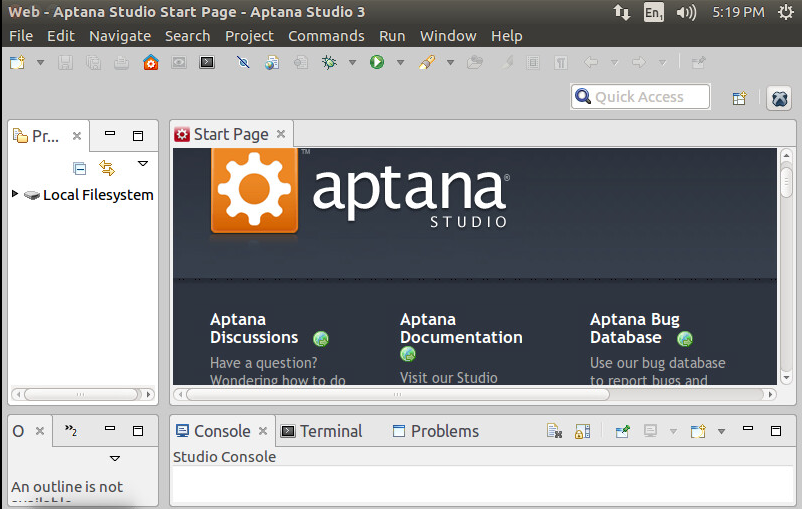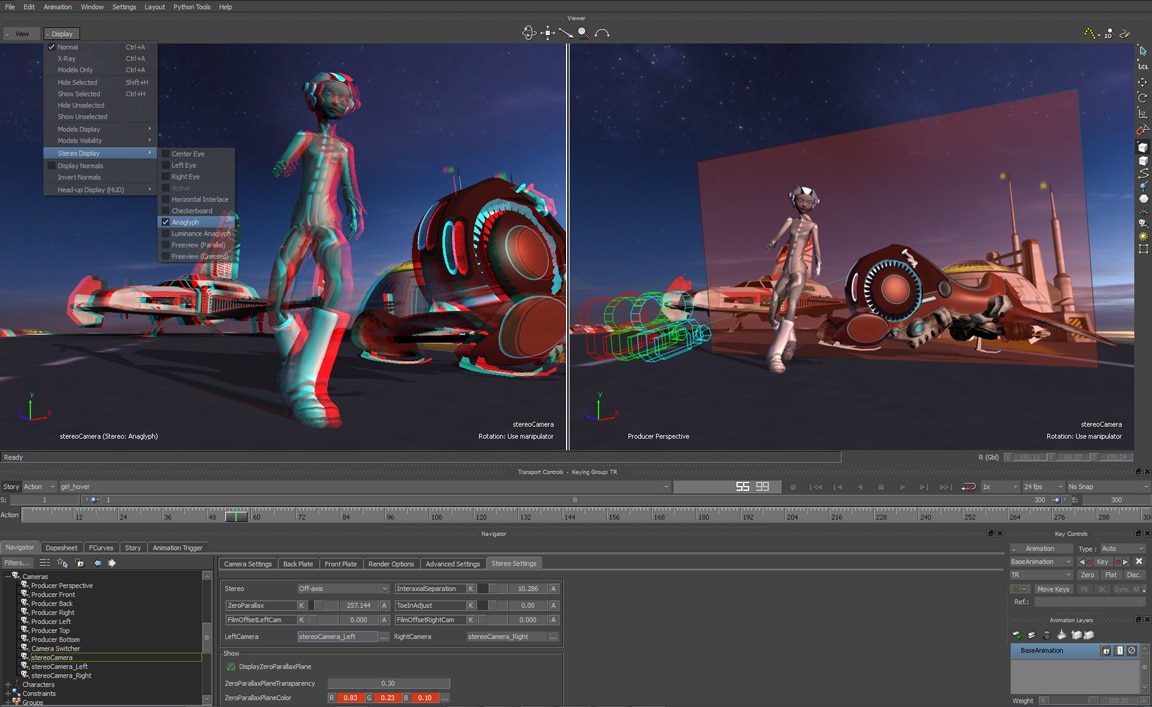
- #APTANA THIS TERMINAL EMULATOR NOT WORKING MAC INSTALL#
- #APTANA THIS TERMINAL EMULATOR NOT WORKING MAC SOFTWARE#
- #APTANA THIS TERMINAL EMULATOR NOT WORKING MAC DOWNLOAD#
- #APTANA THIS TERMINAL EMULATOR NOT WORKING MAC MAC#
#APTANA THIS TERMINAL EMULATOR NOT WORKING MAC INSTALL#
/Program Files as I did - see the screenshot above - and run the nmp install -g coffee-script command there. (Not an easy task given the size of the entry field, but at least the Ctrl-A, Ctrl-C and Ctrl-V shortcuts work.) You could also go to the nodejs folder in the Terminal window with cd. If you see it, then there is a problem with your PATH and you should copy it, paste it into a text editor, correct it and paste it back. If you don't see it then Node.js probably wasn't installed correctly and you should reinstall it. Once you click the Edit button you should see the path to the nodejs folder at the end of the line: Then in the System Variables panel scroll down to see the PATH line: Go to the Control Panel's System window:Īnd in Advanced system settings select the Advanced tab and click the Environmental Variables button: If you should see a message that nmp isn't found then you have probably a problem with your Path environmental variable. You should see that CoffeeScript got installed ok - judging by the lack of nasty error messages among the gibberish - and you can close the window and enjoy the boring everyday UX (user experience): But as the magicians we are, we can pull the Paste rabbit from the Edit hat: just right-click the window and eureka, the Edit menu is there! But Microsoft makes pasting a real challenge here: the Ctrl-V shortcut doesn't work here and there is no menu, either. Or if you are as lazy or error-prone in typing as I am, you can attempt to paste it the command. On Windows you'll have to type in cmd in the Start button's menu panel and once the cmd.exe appears on the top, you'll have to right-click it and in the subsequent popup menu select Run as administrator:Īfter you have acknowledged that you really want to do what you want to do with Continue, a terminal window appears and you can type in nmp install -g coffee-script at the prompt. (No such detours on the Windows platform.) Well, it's not as simple after all: if you need to reinstall CoffeeScript or want to get the newer version, then you have to use sudo nmp install -g coffee-script -force otherwise you'll get just a bunch of error messages.
#APTANA THIS TERMINAL EMULATOR NOT WORKING MAC MAC#
As an experienced Mac hacker, you probably know that using sudo will prompt you for a password. This is easier on a Mac (and other Unix/Linux OS's) - there you just go to the Terminal app and run sudo nmp install -g coffee-script. This npm command has to be run in a 'Terminal' requiring administrative privileges. Here the steps are slightly different on Windows and Mac OS.Īs you can see on, you have to use the npm command to install CoffeeScript.
#APTANA THIS TERMINAL EMULATOR NOT WORKING MAC DOWNLOAD#
Node.jsĬlick the INSTALL button to download the. tgz) installer and follow the instructions. Once the download has completed open the. Ruby on RailsĪnd click the button for your computer's OS. Let us describe the procedure in step-by-step fashion: 1.

#APTANA THIS TERMINAL EMULATOR NOT WORKING MAC SOFTWARE#
Unfortunately, installation of software is notoriously fragile, so it's essential that you follow the steps exactly. Also I recommend that you install them in the default location suggested by the installation program.

While not strictly necessary, I greatly recommend to install these packages exactly in the above sequence.


Aptana Studio (or Aptana plugin if you have already Eclipse installed).Node.js (needed for using CoffeeScript).Ruby on Rails (aka just Rails or RoR) with RailsInstaller (needed for using Aptana).To install Aptana so that you can use it for CoffeeScrip you'll have to install the following packages: (On a few occasions, I'll mention some of the salient differences.) While this guide explains primarily the steps needed to install Aptana, Ruby on Rails, NodeJS and CoffeeScript on a Windows (Vista) computer, the installation on a Mac is quite similar and requires to install all the components in the same sequence of steps.


 0 kommentar(er)
0 kommentar(er)
